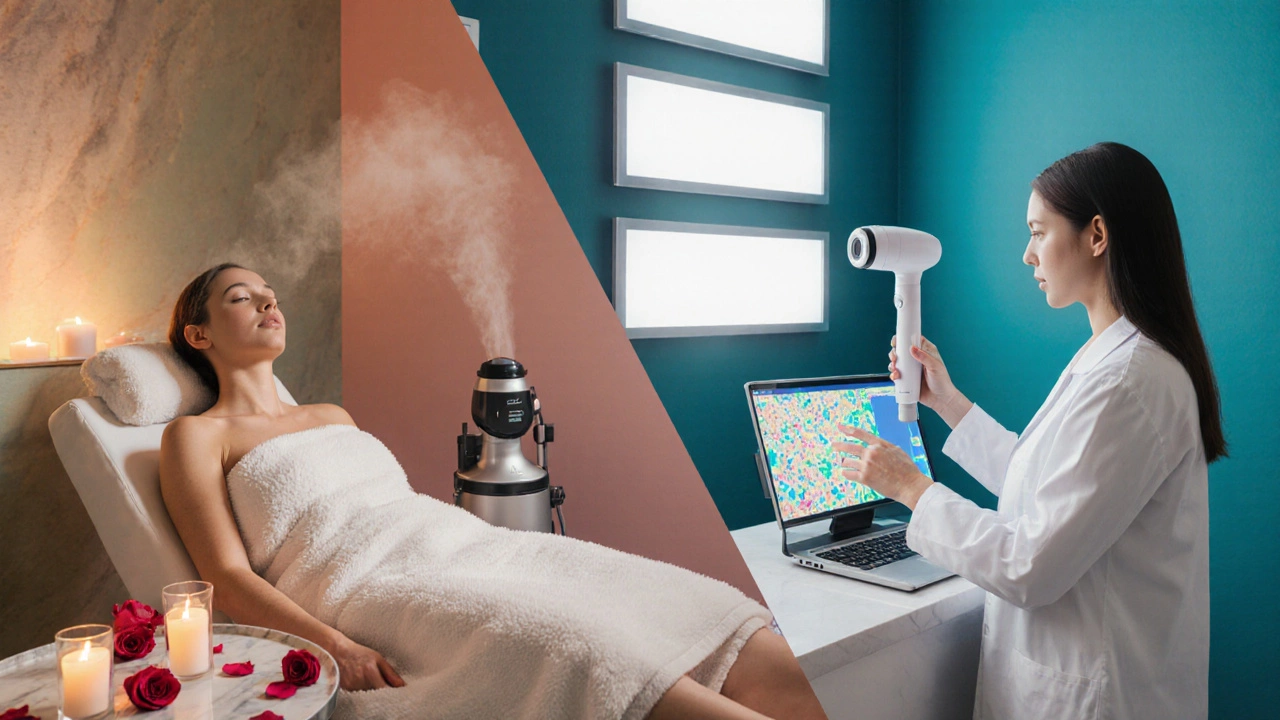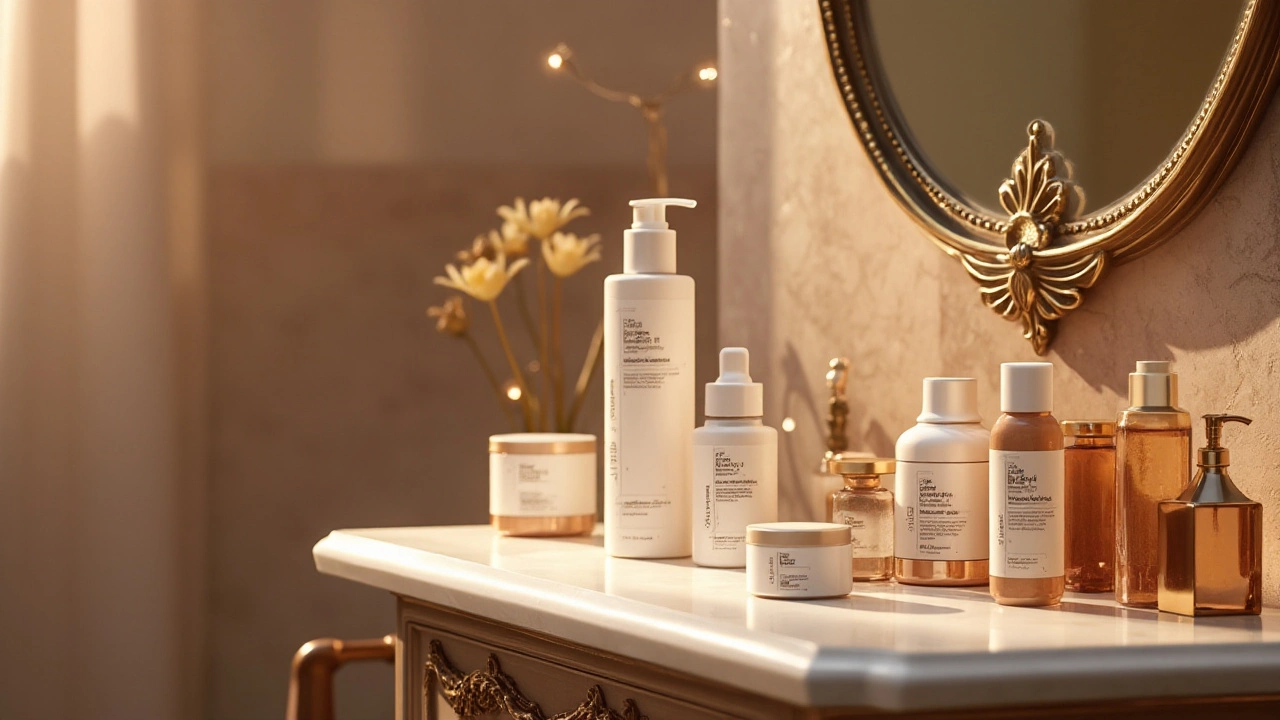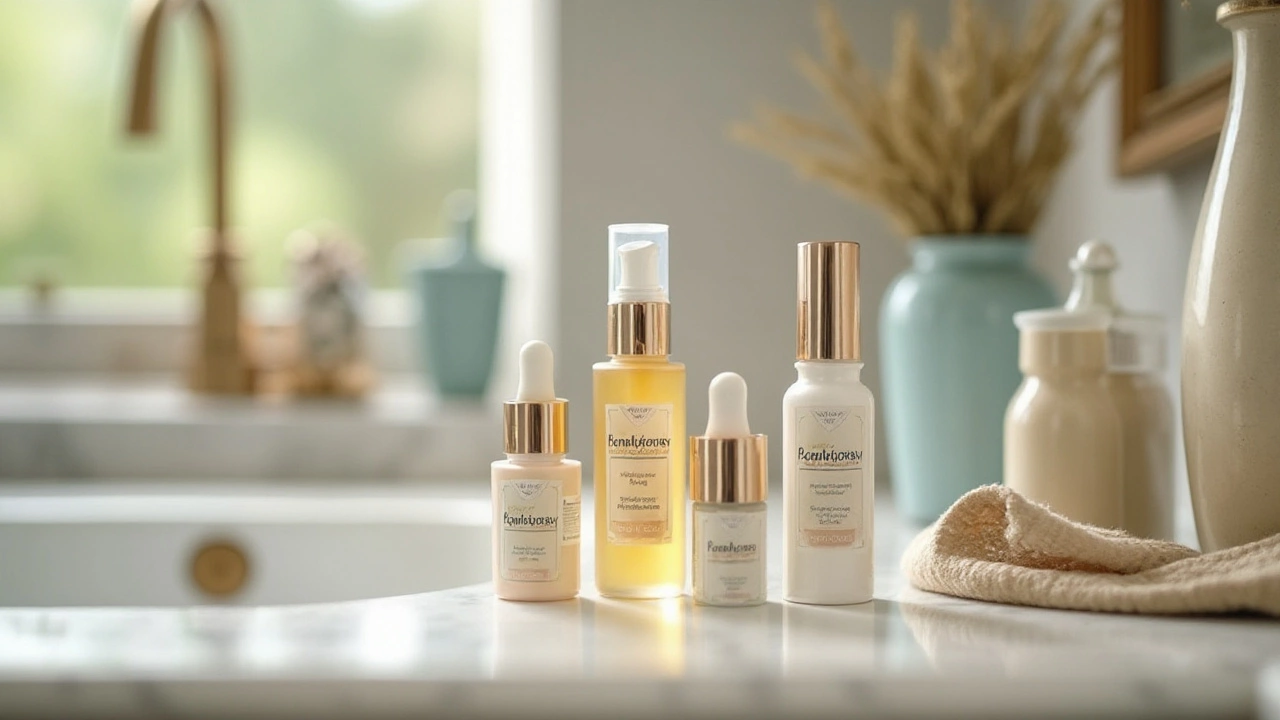Professional Skincare: Practical Tips You Can Use Today
If you work in a salon, spa, or run a beauty brand, the way you talk about skin care matters. Clients trust you to cut through the hype and give them real, doable advice. Below are the core steps that every professional should know – no fluff, just what works.
Build a Simple, Evidence‑Backed Routine
The foundation of any good skin plan is the order in which products are applied. Start with a gentle cleanser, then apply a broad‑spectrum sunscreen if it’s daytime. Follow with a treatment product – retinoids for anti‑aging, vitamin C for brightening, or a targeted serum for specific concerns. Finish with a lightweight moisturizer to lock everything in. This sequence ensures that active ingredients can penetrate without being blocked by heavier creams.
Why does this matter? When you layer incorrectly, you may dilute the effectiveness of actives or cause irritation. A quick cheat‑sheet for your clients: Clean ➜ Treat ➜ Moisturize ➜ Protect. Keeping it this simple helps them remember and stick to the routine.
Choose Ingredients That Deliver Real Results
Clients love buzzwords like “organic” or “natural,” but the science matters more than the label. For anti‑aging, look for proven actives such as retinoids, niacinamide, or peptides. If a client asks for a natural option, ingredients like manuka honey, jojoba oil, and green tea extract can support the skin barrier without compromising efficacy. Avoid products heavy on fragrance or alcohol, which can irritate sensitive skin.
When recommending a product, always point to the concentration and how it’s formulated. A 0.5% retinol serum in a stable, antioxidant‑rich base works better than a higher percentage that degrades quickly.
Also, stay up‑to‑date on the latest research. For example, a 2025 review highlighted that combining sunscreen with a nightly retinoid gives the best protection against photo‑aging. Sharing such evidence builds trust and sets you apart from competitors who just push products.
Beyond ingredients, consider the client’s lifestyle. Busy professionals might benefit from multi‑tasking products (like a moisturizer with SPF) while those with more time can enjoy separate steps for targeted treatments.
Remember, the goal isn’t to sell every item on the shelf – it’s to offer a clear plan that produces visible results. When clients see improvement, they’ll keep coming back for guidance and upgrades.
Keep these three ideas in mind: proper product order, proven ingredients, and personalized routines. Apply them in your consultations, and you’ll help clients achieve healthier skin while growing your reputation as a reliable skincare professional.
Medical Grade Facial vs Regular Facial: Key Differences Explained
Learn the key differences between medical grade facials and regular facials, including ingredients, technology, cost, and who should choose each treatment.
Top Medical Grade Skincare Lines for Optimal Skin Health
Medical grade skincare lines have become increasingly popular among those seeking effective, science-backed solutions for better skin health. These products are formulated with high-quality ingredients designed to penetrate deeper layers of the skin. This guide explores the best skincare lines that offer medical-grade formulas, supporting various skin concerns such as aging, acne, and discoloration. Learn how these solutions can provide visible results and enhance skin appearance.
The Essential Guide to Buying Medical Grade Skincare Products
Navigating the vast world of skincare can be daunting, especially when it comes to deciding whether to invest in medical grade products. This guide delves into the differences between over-the-counter and medical grade skincare, examining the potential benefits and drawbacks. Discover how these products work, what makes them unique, and whether they are worth the investment for your skin health. By understanding these factors, you can make informed decisions on how to best care for your skin.


